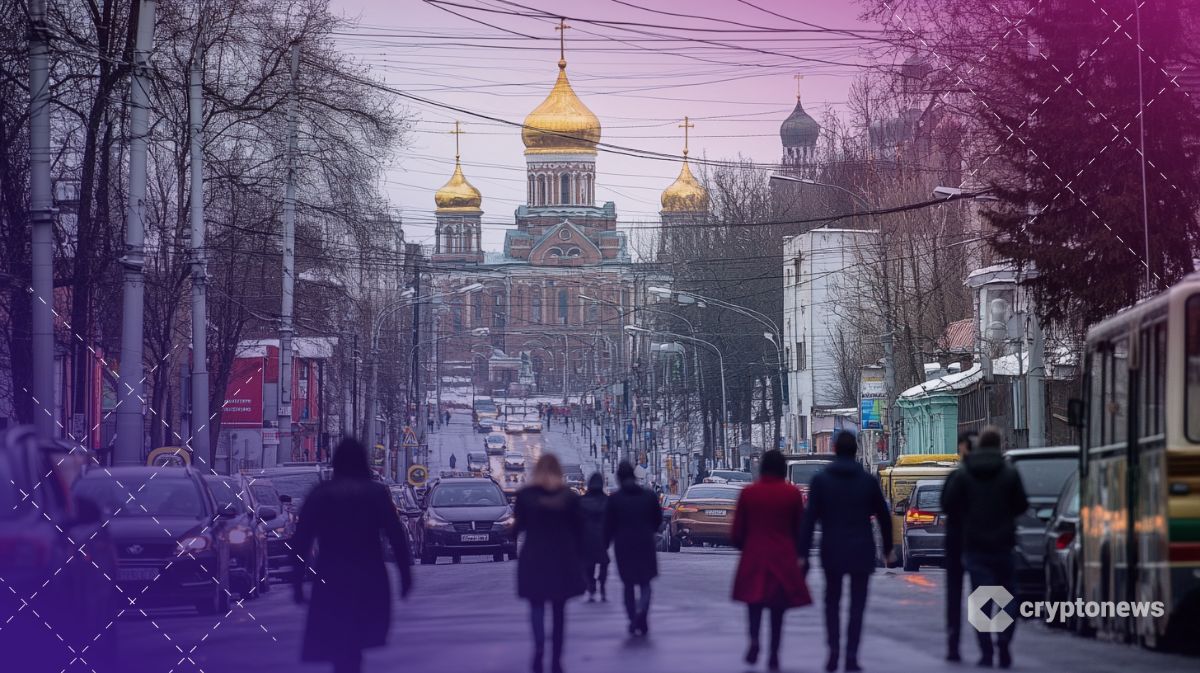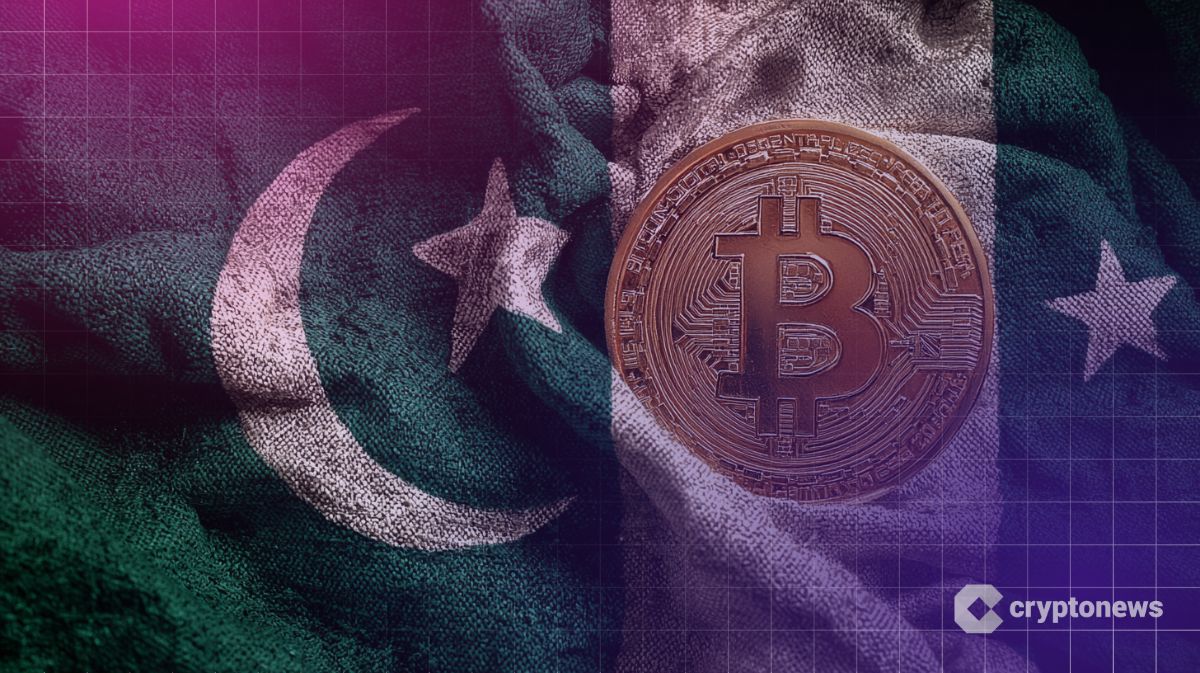Midas taps Etherlink to Redefine tokenized yield infrastructure
As the race for scalable, compliant tokenization heats up, Midas is betting big on Etherlink’s sub-500ms finality. The latest additions, mMEV and mRe7YIELD, could redefine how institutions access structured yield without intermediaries.
According to a press release shared with crypto.news on July 16, Midas has expanded its institutional-grade tokenization suite to Etherlink, Tezos’ high-speed Layer 2, by introducing two new structured yield products: mMEV and mRe7YIELD.
The tokenization platform said the move follows the successful deployment of mBASIS and mTBILL, which have already locked in $11 million in total value on the network. By leveraging Etherlink’s near-instant settlement and low fees, Midas is positioning itself as a bridge between traditional finance and on-chain composability, without compromising on compliance or custody control.
Why Etherlink could be the missing link for institutional DeFi
Midas’ expansion onto Etherlink appears to be a strategic effort to address two of institutional DeFi’s core challenges: speed and compliance. While Ethereum rollups often trade off between fast settlement and strong security guarantees, Etherlink’s architecture, built on Tezos Smart Rollups, delivers sub-500 millisecond finality with near-zero fees and decentralized sequencing.
This enables tokenized strategies like mMEV and mRe7YIELD to execute complex rebalancing or arbitrage efficiently, bypassing the latency and cost issues that hinder legacy chains.
The early numbers suggest product-market fit. Since launching mBASIS and mTBILL earlier this year, Midas has attracted $11 million into its Etherlink-based offerings—an early signal that institutions are embracing compliant, self-custodied on-chain yield.
The new products, mMEV and mRe7YIELD, aim to extend this momentum by turning traditionally opaque strategies into transparent ERC-20 tokens. MEV Capital’s market-neutral arbitrage and Re7 Capital’s diversified yield farming are now available via permissionless contracts, while still undergoing institutional-grade risk oversight.
Why Etherlink?
For Midas, the appeal lies in composability without compromise. While some Layer 2 solutions sacrifice decentralization for performance, Etherlink’s fraud-proof mechanisms and eight-second Layer 1 finality offer a rare blend of speed and security, making it viable for both high-frequency strategies and regulated financial participants.
Midas’ expansion signals a broader shift in how the industry approaches tokenized finance. The question is no longer whether traditional yield products can be replicated on-chain, but how to do so with credible controls, minimal friction, and real composability.
In that light, Etherlink’s technical foundation, and Midas’ commitment to it, could serve as a blueprint for compliant DeFi that embraces decentralization while adapting it for a more complex, capital-intensive financial world.
You May Also Like

Russia’s Sberbank Seeks Green Light for Crypto Custody Amid Regulatory Push

Cosmos Hub halts plans to launch EVM platform
